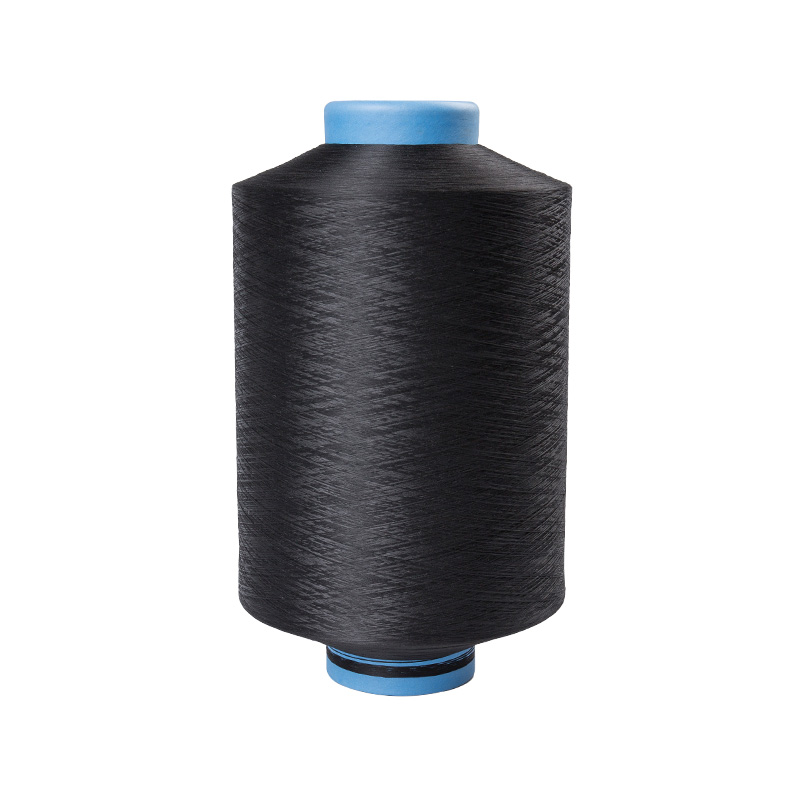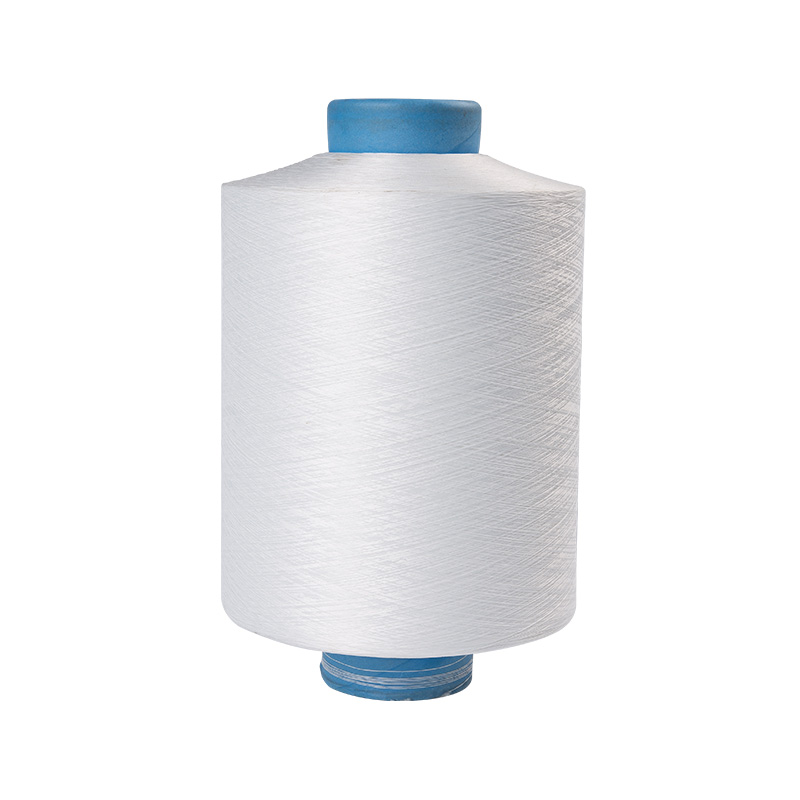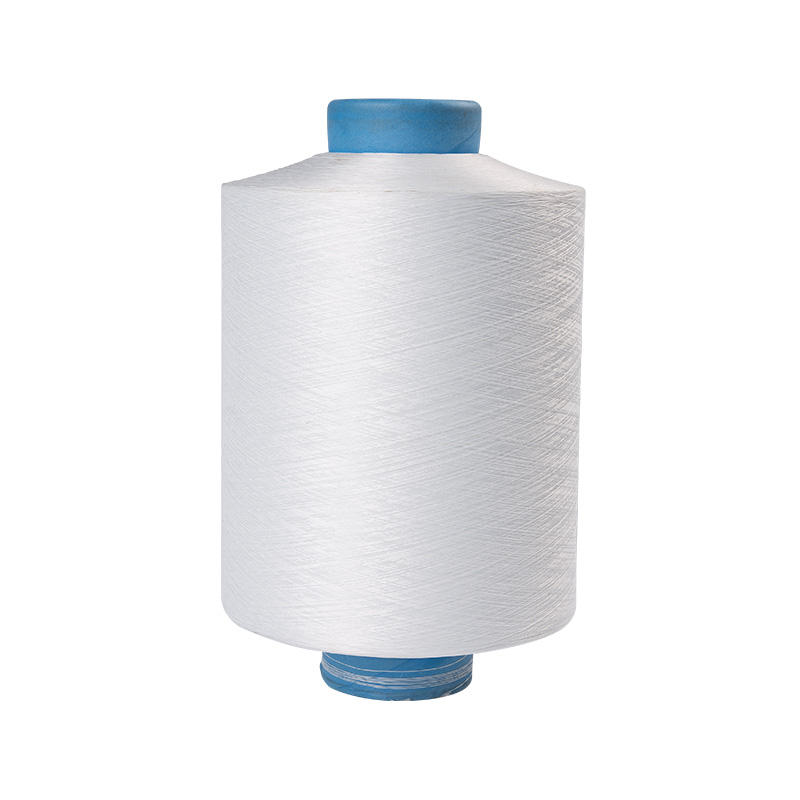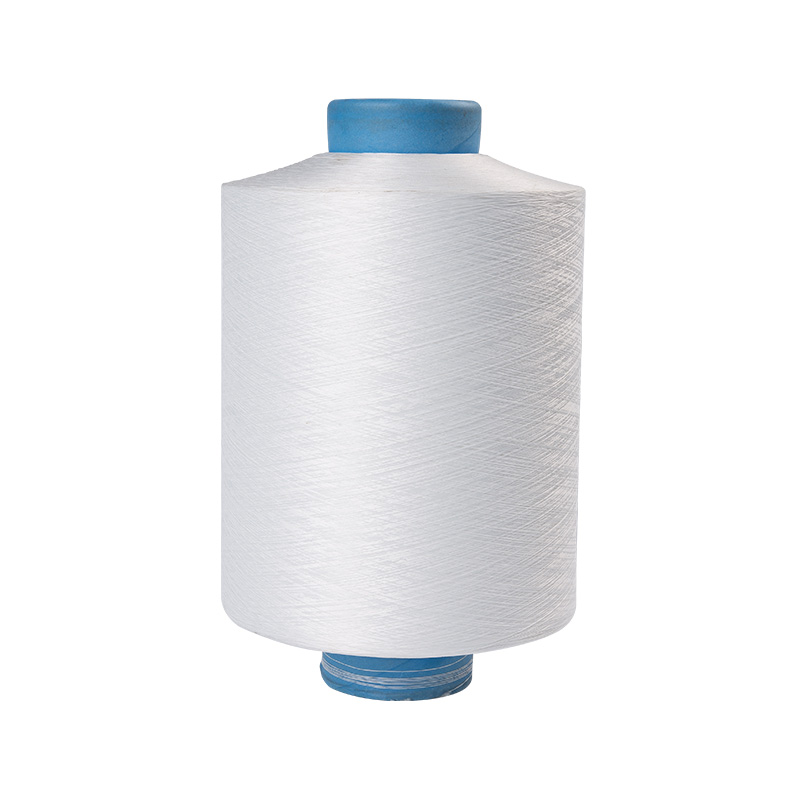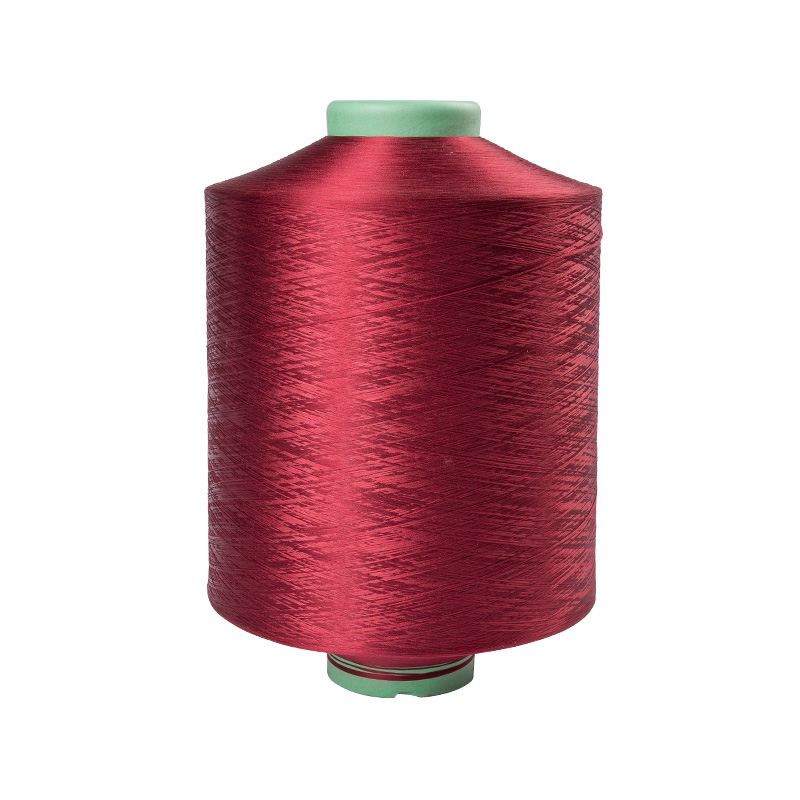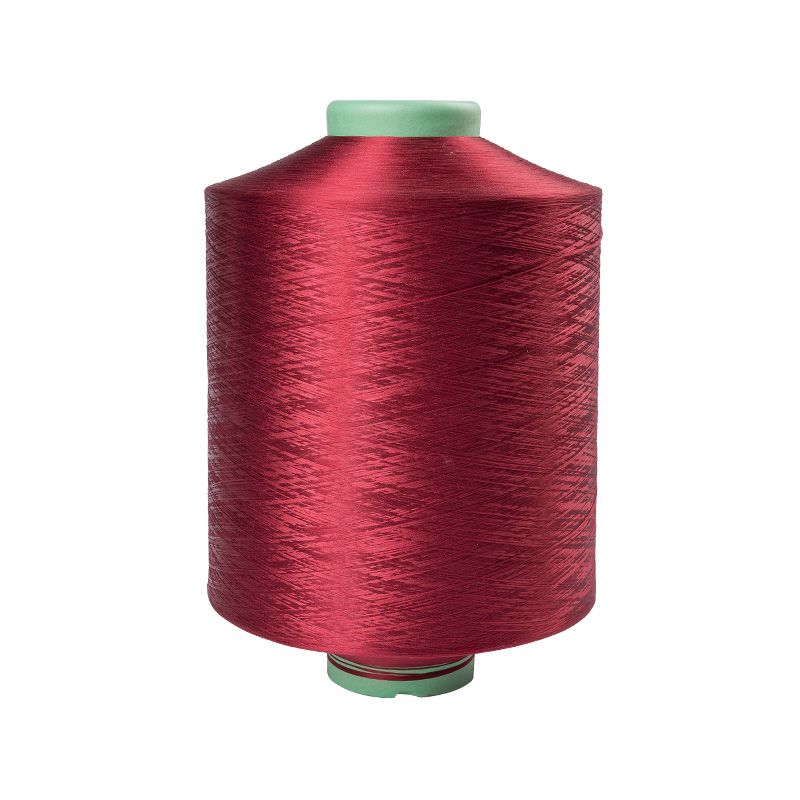Bright Partially Oriented Yarn (BPOY) is a new material that has attracted widespread attention in the fields of textile and materials science. Its unique properties and application potential have sparked interest in academia and industry. In this article, we will delve into the definition of BPOY, its preparation methods, and its innovative applications in different fields.
First, we will introduce the basic concept of BPOY, explaining its partially oriented properties and bright appearance. Understanding the structure and properties of BPOY is critical to understanding its performance in practical applications. We will explore the differences between BPOY and traditional fibers and its advantages in textiles.
Secondly, the article will discuss in detail the method of preparing BPOY, including material selection, process flow and related technologies. In-depth understanding of these aspects is crucial for producing high-quality BPOY, and also provides more room for innovation for materials scientists and engineers.
In the next part of the article, we will focus on the application of BPOY in the field of textile and material science. This could range from clothing and home textiles to industrial applications. We will examine how BPOY improves the performance, durability and appearance of textiles and discuss its innovative applications in other areas.
Finally, the article will summarize the potential impact and future development directions of BPOY. We will discuss possible research directions, technological improvements, and BPOY's potential contribution to sustainable development and environmental protection. By gaining a comprehensive understanding of BPOY, we can better understand the impact of this emerging material on the field of textiles and materials science, as well as its potential for future innovation.

 English
English 中文简体
中文简体